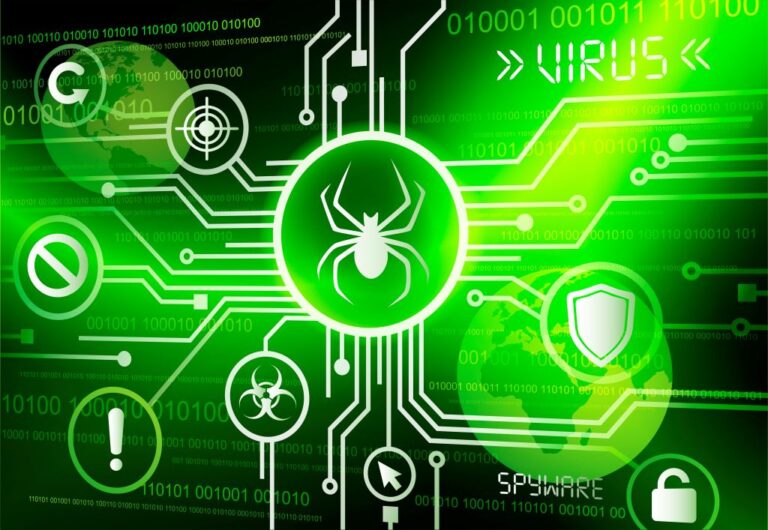Cyber Blue Teams: The Defenders of the Digital World
Think of the Blue Team as the guards of a castle. Their job is to protect the computers and networks from any dangers. They watch out for anything unusual, check the “gates” (or entry points) of the network, and make sure everything is safe.
The Blue Team:
🔸Monitors for Attacks: They keep an eye on the network, like guards watching for intruders.
🔸Responds to Incidents: If someone tries to hack into the system, the Blue Team jumps into action to stop the attack and fix any damage.
🔸Sets Up Defenses: They set up things like firewalls (which are barriers to keep out intruders) and use special programs to find and block attacks.
In real life, Blue Team members might work as Security Analysts who watch the network, look at alerts, and make sure everything is safe. They’re like the front-line defenders who make it hard for cyber threats to get in.
In the world of cybersecurity, protecting networks from online threats is crucial. This job falls to the Blue Team, a group of cybersecurity professionals who act like the guardians of a digital fortress, standing ready to detect, prevent, and respond to any security incident that could compromise the safety of information and networks. For someone new to cybersecurity, the Blue Team may seem like they’re hidden behind complex technology, but their role is surprisingly easy to understand when you break it down.
Blue Teamers work to protect networks by monitoring, detecting, and responding to threats. They set up defenses like firewalls and detection systems, analyze security alerts, and jump into action when something goes wrong. Here’s a detailed look at how the Blue Team operates and some of the top tools they use.
What Does the Blue Team Do?
Think of a computer network as a castle. The Blue Team’s job is to monitor everything going on in and around that castle, watch for any signs of danger, and secure the gates and walls to prevent any bad actors from getting in. They have several core duties:
🔸Monitoring for Attacks: Blue Teamers keep a close watch on network traffic, looking for unusual activity. Much like security guards watching surveillance footage, they use advanced tools to track everything happening on the network and spot early signs of trouble.
🔸Responding to Incidents: When something suspicious happens, like a hacker trying to break in, the Blue Team jumps into action. They have plans in place for different types of attacks, from small virus infections to major breaches, and act quickly to stop the attack and fix any damage.
🔸Setting Up Defenses: To keep hackers out, Blue Teamers build strong defenses. They set up firewalls, secure devices, use encryption to keep data safe, and regularly update software to fix vulnerabilities that hackers might exploit.
🔸Conducting Risk Assessments: Blue Teams evaluate the risks to the organization by regularly scanning systems for weaknesses, running security tests, and preparing reports that outline how well-protected their network is and where improvements might be needed.
🔸Training and Awareness: Cybersecurity isn’t just about software; it also involves training people on security best practices, like creating strong passwords, spotting phishing emails, and avoiding dangerous websites. Blue Teams often lead security awareness programs to educate employees.
🔸Working with Red Teams: Sometimes, Blue Teams work with Red Teams, or ethical hackers who try to “break in” to help identify weak points. The Blue Team then uses these findings to strengthen their defenses, making sure they’re as prepared as possible for real attacks.
Why Blue Teams are Essential in Cybersecurity
Blue Teams are vital because they keep the organization’s digital assets safe. Their job isn’t just about responding to attacks but also about preventing them in the first place. They constantly monitor, analyze, and improve the network’s security to ensure that every device, application, and user is as safe as possible.
Blue Team professionals need to be skilled in understanding various cyber threats, using their tools effectively, and thinking like attackers to anticipate what they might do. They often work in high-pressure situations where quick and accurate responses are crucial. Whether stopping a phishing attack or preventing malware from spreading, Blue Teams are the backbone of an organization’s cybersecurity defenses.
Top Tools Used by the Blue Team
To defend their “castle,” Blue Teams use a wide array of tools to monitor, detect, and respond to threats. Here are some of different and most essential tools in the Blue Team’s arsenal:
🔸SIEM (Security Information and Event Management) Systems: SIEM tools like Splunk, QRadar, and LogRhythm are essential for Blue Teams. They collect and analyze data from different parts of the network, generating alerts when something unusual happens. For instance, if someone tries to log in from an unfamiliar location, the SIEM system will notice and alert the team. SIEMs are often the first line of defense for detecting possible threats by identifying patterns that might indicate an attack.
🔸Firewalls: Firewalls, like Palo Alto Networks and Fortinet, act as barriers between the internal network and the outside internet. They filter out suspicious traffic and prevent unauthorized access to network systems. Firewalls are one of the most basic but vital tools for blocking incoming threats.
🔸Endpoint Detection and Response (EDR) Tools: Tools like CrowdStrike Falcon and Carbon Black monitor individual devices on the network, like computers and phones. EDR tools detect and respond to threats directly on each device. If an attacker manages to get through the firewall, EDR tools help contain and remove the threat.
🔸Intrusion Detection and Prevention Systems (IDPS): Systems like Snort and Suricata actively monitor the network for signs of intrusions. They’re designed to identify patterns or behaviors that are common in cyber attacks, like large data transfers or unusual login attempts. IDPS tools can automatically block or limit suspicious activities.
🔸Threat Intelligence Platforms: Tools like Recorded Future and ThreatConnect help Blue Teams stay informed about the latest threats. These platforms collect data on emerging attack trends, known hacker groups, and new vulnerabilities. Blue Teams use this intelligence to adjust their defenses proactively and stay one step ahead of attackers.
🔸Vulnerability Scanners: Nessus, OpenVAS, and Qualys are popular tools that scan the network for weaknesses that hackers might exploit. They check systems and applications for outdated software, misconfigured settings, and other vulnerabilities, allowing the Blue Team to fix these issues before attackers can take advantage of them.
🔸Data Loss Prevention (DLP) Tools: DLP solutions like Symantec DLP help prevent sensitive information from leaving the network. They monitor data movements and block the transfer of sensitive data if it appears to be leaving the network improperly. This is especially important in protecting personal information and business secrets.
🔸Network Traffic Analysis (NTA): Tools such as Darktrace and Vectra AI analyze the flow of data through the network to spot unusual patterns, like data being sent to unusual locations or at strange times. NTA tools help detect advanced attacks, such as those where an intruder is slowly collecting data over a long period.
🔸Password Management and Multi-Factor Authentication (MFA): Password managers and MFA tools are critical in securing user accounts. Tools like LastPass or Duo Security help enforce strong password policies and require additional proof of identity when logging in. This makes it harder for attackers to gain access through stolen or guessed passwords.
🔸Incident Response (IR) and Forensics Tools: TheHive and Cortex XSOAR are tools that help organize and automate the response to incidents. Forensic tools, like FTK (Forensic Toolkit), allow the team to analyze compromised devices to understand how an attack happened and to gather evidence.
Key Skills for Blue Team Members
To succeed on a Blue Team, professionals need to know how to operate security tools, analyze data, and understand network operations. They must be able to quickly assess a situation and act under pressure. Communication skills are also essential, as they often have to explain complex technical issues to others in the organization.
In the end, Blue Teams play a critical role in cybersecurity by defending organizations against attackers. They watch for signs of trouble, protect the network with layers of defense, and respond to incidents quickly to minimize damage. Using a mix of powerful tools and quick thinking, Blue Teams make the internet a safer place for everyone. Whether you’re considering a career on a Blue Team or just want to understand how cybersecurity works, knowing about the tools and tactics they use is a great first step!









